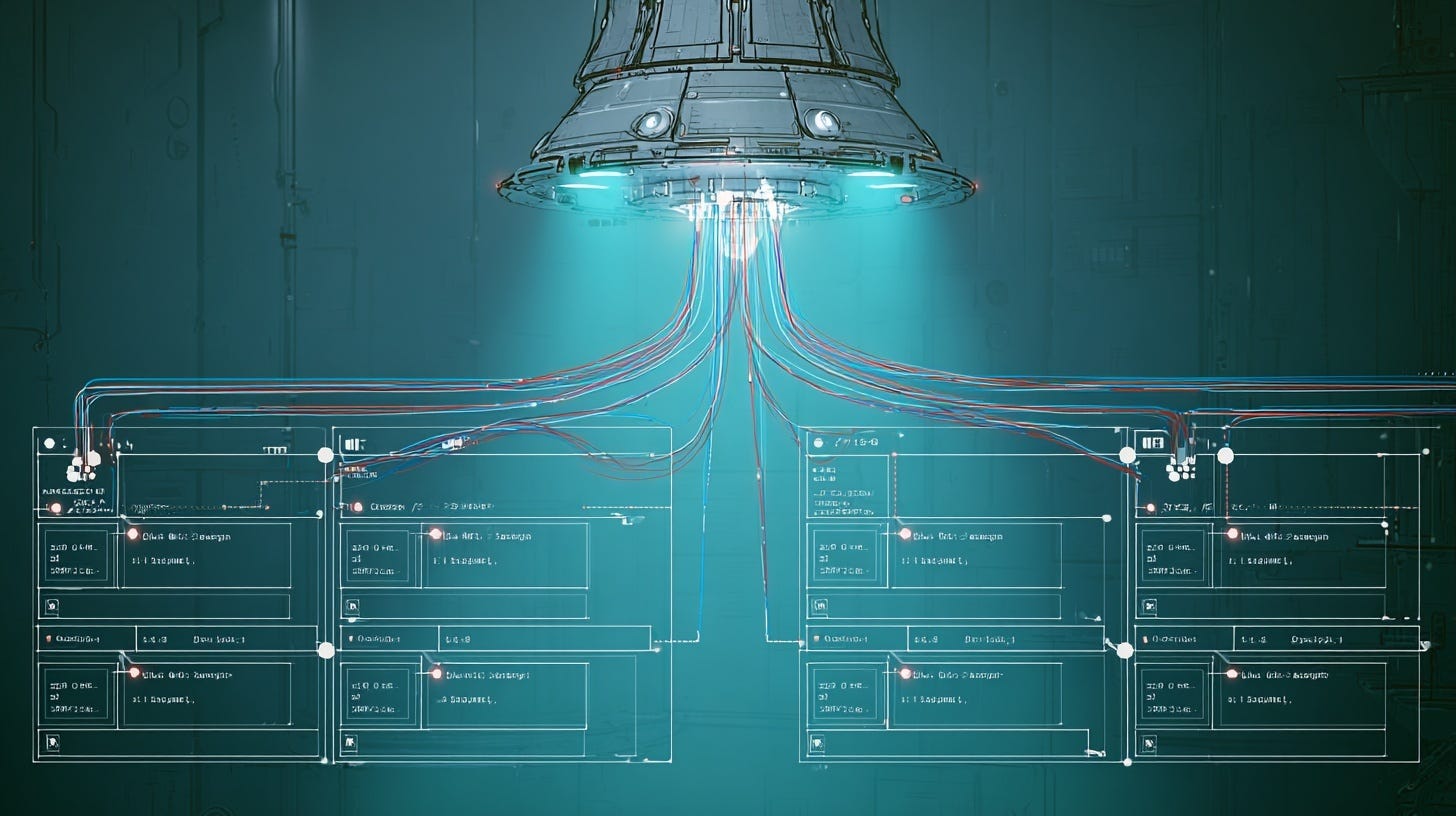From CDN to CPN
The Rise of the Content Processing Network
This idea grew out of late-night conversations at IBC this year, when the talk turned from floor demos to what the next network might really look like. Those sessions had a common thread. In a world of personalized content, CDNs lose their efficacy. A new idea might be needed.
Legacy CDNs assumed one thing. That most people wanted the same file. Cache it once, deliver it many times, and measure efficiency in terms of hit rates and egress savings.
That logic could buckle once content itself stops being fixed. AI-driven personalization, narrow-cohort targeting, and just-in-time transformation may turn every request into a potential variant. Instead of fetching a video, the system might be asked to assemble one, pulling from raw assets, applying context-specific rules, and in some cases generating elements on demand.
CDNs wouldn’t vanish in this world, but their center of gravity would shift. What could emerge is a Content Processing Network (CPN): infrastructure designed not only to deliver, but to process. A CPN could assemble, transform, rights-check, and render content at the edge, where the viewer sits. The edge node would stop being just a cache and start acting like a miniature studio, a compiler, and a compliance officer all at once.



